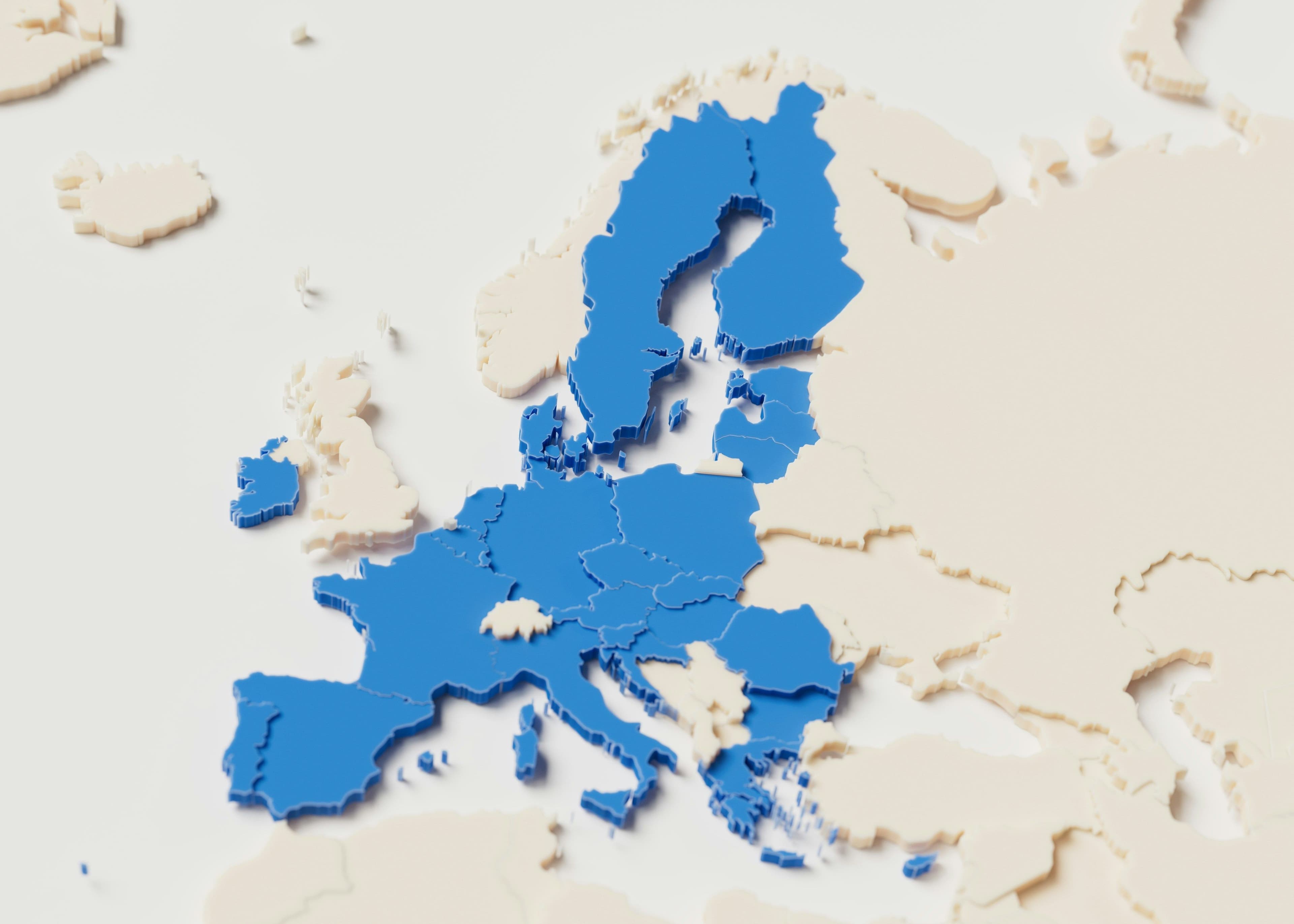One in five EU residents is at risk of poverty

Planet Volumes, Unsplash
According to a report published on 30 April 2025 by Eurostat, in 2024, 93.3 million people, or 21% of the European Union's population, were at risk of poverty or social exclusion. This means that one in five EU residents lived in a household that faced at least one of three forms of social vulnerability: being below the poverty line, experiencing severe material and social deprivation, or having extremely low levels of labour activity.
Compared to 2023, when 21.3 per cent or 94.6 million people were at risk, the situation has improved slightly, with a decrease of 0.3 percentage points. However, the scale of the problem remains significant.
The most difficult situation was observed in Bulgaria, where the risk level was 30.3% of the population. This was followed by Romania with 27.9 per cent, Greece with 26.9 per cent, Spain and Lithuania with 25.8 per cent each. These countries are characterised by a combination of chronic structural problems: unstable labour markets, high unemployment, limited social guarantees and weak support for vulnerable groups.
At the same time, the lowest rates are recorded in the Czech Republic, with only 11.3 per cent of the population at risk of poverty or exclusion. Slovenia comes second with 14.4 per cent, followed by the Netherlands with 15.4 per cent, Poland with 16 per cent and Ireland with 16.7 per cent. These countries demonstrate resilient economies, effective redistribution mechanisms and broad social protection coverage to keep rates relatively low.
Reducing the share of vulnerable population at the EU-wide level can be considered a moderate success, but it can hardly be interpreted as a breakthrough. In the context of inflationary pressures, energy instability and international conflicts, the fight against poverty and inequality requires more active and coordinated policies at the level of all countries of the Union.





